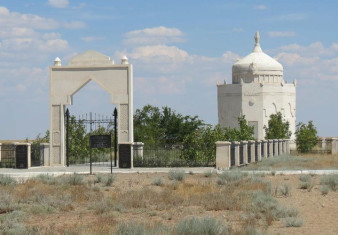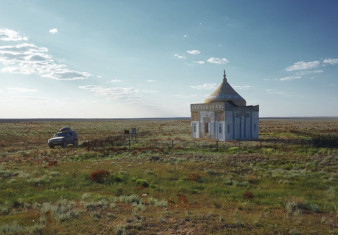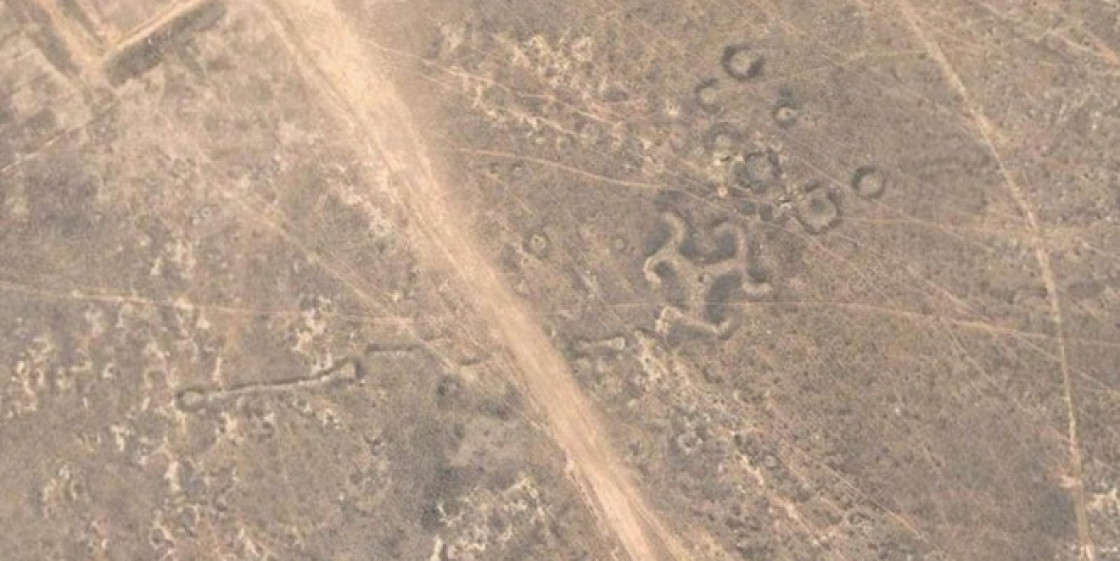
 Cultural heritage
Cultural heritage
Geoglyphs are the most unusual and one of unique monuments in Kostanay region. We must mass development of new technologies for opening this monument.
The enthusiast Dmitry Day noticed unusual and visible images in the form of geometric shapes and patterns on the surface of the earth when he was considering satellite images of Google Earth in 2007. Further study has shown that we are dealing with one of the most mysterious ancient structures - Geoglyphs.
Geoglyphs are geometric or shaped patterns, which inflict to the ground with a length of more than 4 meters. Many geoglyphs are so large, that it can be seen only from the air (the most famous example - the Nazca geoglyphs). There are several ways of creating geoglyphs: by removing the top layer of the soil around the perimeter of the pattern, by sprinkling of rubble where the line should pass pattern, by planting trees, by forming the desired patterns. Geoglyphs are used for artistic purposes in these days.
There is a fact about the uniqueness of Torgai geoglyphs - such objects are found nowhere in the world. There are vaguely reminiscent of geoglyphs in Minusinsk Basin, in Khakassia (there are very little and primitive in comparison with ours) and Peru (Chankilo city), but the South American objects were built of stones.
According to results of numerous expeditions of Torgai objects by Dmitry Deem together with Kostanay archaeologists there was a discovery of dozens of geometric shapes, including Ushtogay square, Torgai swastikas, Ekidynsky cross, Aschitastinsk crosses, square, ring and two lines. Objects were constructed from mounds. Today more than 50 objects are opened, and they are all located in one place - in Torgai trough.
Foreign scientists investigated Geoglyphs too. Motuzayte Giedre, a scientist from Oxford (UK), visited Torgai Geoglyphs in the summer of 2013 year. She took soil samples from the mound, which was best-preserved Geoglyph in order to establish their date. British scientists found out that "the youngest" Torgai Geoglyph was constructed between the first century BC and the first century AD. It means that they are 2,5 thousand years. Meanwhile, ancient Torgai geoglyphs, which can be viewed only from space, can be aged between 7000 years of age and older.
Geoglyphs remain a mystery to scientists and archaeologists. However, some of the mysteries have disclosed. Logvin Victor, head of the laboratory of archaeological research KSU. A.Baitursynov said about this unique facility: "After analyzing the Torgai geoglyphs, we can draw the following conclusions about these monuments; apparently, it had a sacred, religious purpose, and were built for the cult-funeral rites, and could also serve as symbols of belongings to a specific territory family, tribe or tribal association. It might be left by native Hun-Sarmatian culture".
According to many scientists, the discovery of Torgai geoglyphs is completely new, not only in Kazakhstan archeology, but also has a great global importance. It is important not to destroy these objects with traditional methods of management, and save for tourists.
According to the academician of the International Academy of Tourism and Sports - Sapar Iskakov, uniqueness of Torgai geoglyphs can be revealed as an object, which will develop the tourism in Kazakhstan to the highest level, in particular in the Kostanay region.
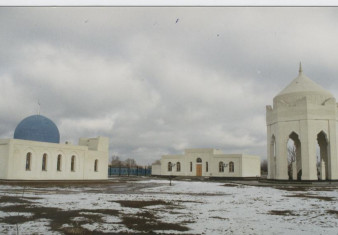
In 50 km from the modern city of Atyrau, there is one of perspective tourist routes, regional memorial estate "Khan Ordaly Sarajshyk" who opens all ancient history of the Kazakh people.
The grave site of the great Kazakh poet of the 19th century, free-thinker and inspirer of the rebellion of Makhambet Utemisov is situated in Inder, Atyrau region, 40 km to the south-east from the village Inderbor.
Atyrau region is rich in its architectural monuments of culture, one of them is considered to be Zhuban Mausoleum.
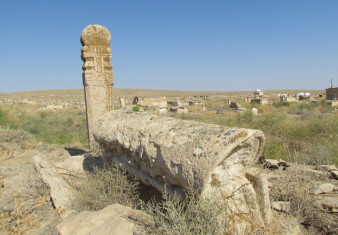
Senek reserve is an architectural monument of the XVII - XX centuries, it represents a necropolis consisting of several sepulchral constructions and an old mosque.
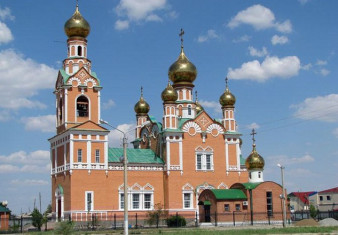
One of the oldest and most beautiful architectural monuments of the city - Uspenski Cathedral is located in the heart of the city of Atyrau, on Issatay Taimanov street, just a few steps from the main square.
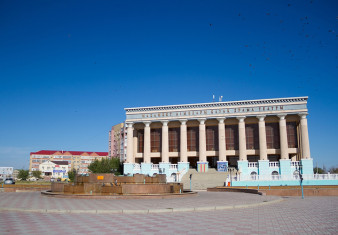
One of the leading places in the cultural life of Atyrau and the whole Atyrau region belongs to the Kazakh Drama Theater named after Makhambet Utemisov.





















